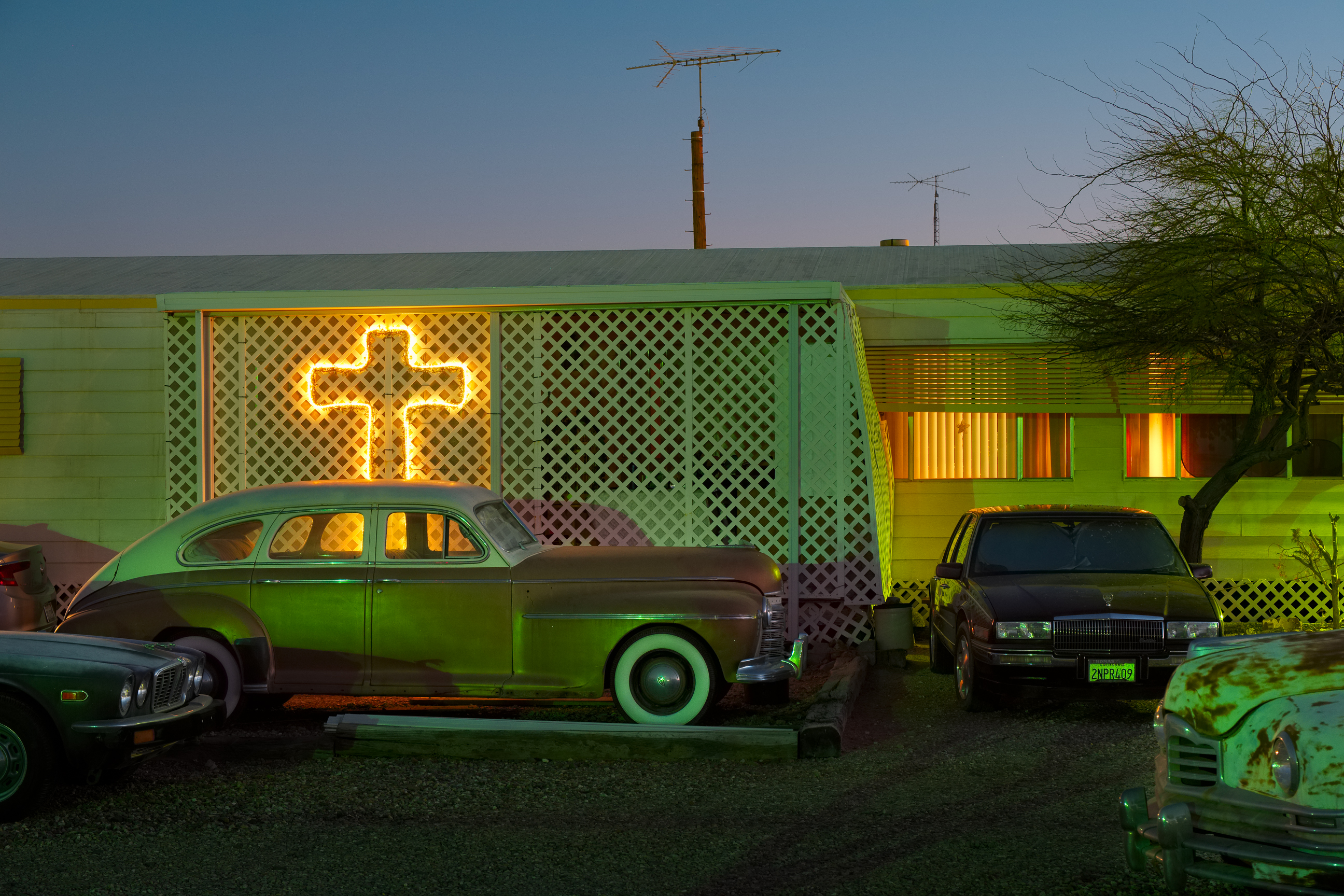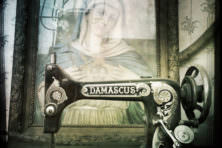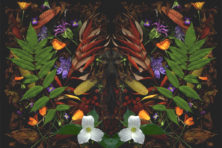Questions & Artists: Photographer Carl Corey
- Share
- Tweet
- Pin
- Share

Carl Corey captured his first still image, using a Brownie camera, in 1963. Fifty-five years later, “making photos” continues to drive his life and passions.
Corey is an award-winning professional photographer who travels the country “documenting the American cultural landscape.” His work has earned ink in some of photography’s best-known periodicals and been given new life in book form, in such publications as Tavern League: Portraits of Wisconsin Bars, Rancher and For Love and Money: Portraits of Wisconsin Family Businesses.
His current project is The Strand, a collection of photographs documenting the culture, environmental and economic realities of American communities along the Great Lakes.
Though Corey prefers an open-minded approach to photography, his compositions are deliberately structured to create powerful, vibrant snapshots of modern America and the relics of yesteryear.
This year, he will serve as the photography judge for the Peninsula Pulse’s Hal Prize contest.
I recently spoke with Corey to talk photography, perseverance and what makes a good photo. To see more of his work, visit carlcorey.com. For details on the Hal Prize, visit thehalprize.com.
Alyssa Skiba (AS): As a child, what drew you to photographs?
Carl Corey (CC): I like how they’re saved for the future. They belong to the future so it’s kind of one of those things where I was collecting moments and sending them to the future in a weird way but that’s kind of how I think about it now…I had a Brownie that my parents gave me and I’d just take pictures with it. Of course it was expensive for a kid. That roll of film might last me two months or three months, those 12 exposures. I was pretty careful about what I took pictures of.
AS: How is that interest reflected in your work?
CC: I’m real interested in where we’re going as a country and where we’ve been because photos are preserved for the future. What I’m trying to do now is make a record of what I’m living in, the culture that you and I and everyone who is alive now is living in.
AS: Commercial photography played an important role in where you are today. How crucial was that to your career?
CC: Unless you’re independently wealthy, you’re going to have to create work that is going to allow you to live and create more work. With that in mind, [after college] I decided I’ve got to make some money and I taught myself studio photography and I then went on from 1979 until about 2000 doing commercial work and I was real successful and that kind of is the basis for everything. I was able to raise a family and buy a house and help my kids get through college and get to a position where I can do what I do now. But I had that business sense and that business savvy from having my own business and having my own employees so I kind of understand what it takes to try and survive. I think people need to understand that you’re not just going to go out and just be welcomed with open arms into a gallery.
AS: How do you approach composition?
CC: Those frames are really critically composed. Everything you see in the frame, everywhere that it crops is intentional and I still work on a tripod a lot, even with the digital cameras, because it slows me down and makes me look at the frame.
AS: What advice would you offer a budding photographer?
CC: It’s important that your work has a purpose and that you’re passionate about it and you have to be willing to persevere. Just because you’re passionate and your work has a purpose doesn’t mean it’s going to succeed. You have to continue to persevere to get that work to succeed. You have to believe in it and you have to believe in yourself.
AS: What is most important to know about being a professional photographer?
CC: It’s very difficult to be an artist and also have another job. You have to be able to give it 100 percent of your life…The difference between artists and other professions is that most people work to live and artists live to work.
AS: You are judging photos in this year’s Hal Prize contest. In your view, what makes a good photo?
CC: I’m 63. I’ve seen so many pictures. I look at pictures every day. Hundreds if not thousands of pictures every day. I really want to see a purpose in the work so the picture has to go beyond the most beautiful picture of a tree in the fall. I’m not impressed by that. I’m not impressed by technique. I’m not impressed by composition. I’m not impressed by any of those technical abilities. What I’m impressed with is what a person sees and how they share that with the person that views the picture. It’s got to be a picture that’s important enough to belong to the future.




